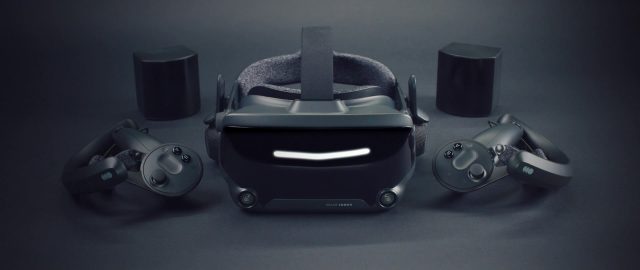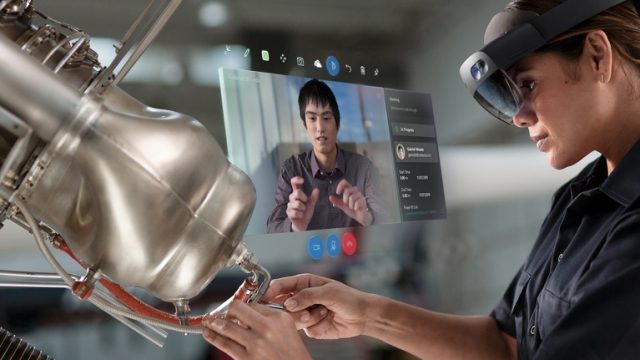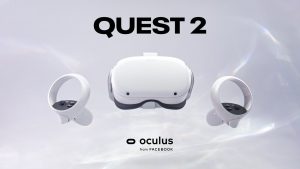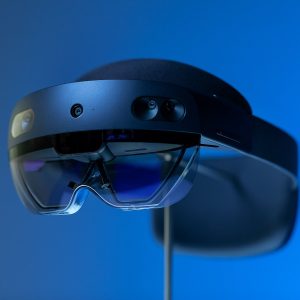Introduction
With the advent and booming of the XR technologies and applications based on them, numerous companies including the big names had launched their advanced XR (AR/VR/MR) devices. In this post, I list several of them and give my personal recommendations on device choosing.
I covered the following devices in this post.
| VR | AR | MR |
| Oculus Quest 2 Oculus Rift S PlayStation VR (PSVR) HTC VIVE(Pro) | Magic Leap One Epson Moverio Google Glass Enterprise Edition Vuzix Blade AR | Hololens 2 |
VR Devices
Virtual reality (VR) is an artificial environment that is experienced through sensory stimuli (sights and sounds). It is a simulated experience that can be similar to or completely different from the real world and can be applied to most of the scenarios.
Till now, I suppose that the most successful application type on VR is still entertainment, as I am a real zealot of the game experience, thus I focus on the devices that are widely applied in the game scenario. I listed the popular three VR devices with their specs below:
| Product: | Oculus Quest 2 | Oculus Rift S | PlayStation VR(PSVR) |
| Hardware | PC optional | PC required | Playstation (PS5, PS4) |
| Tracking | 6 degrees | 6 degrees | 6 degrees |
| Controllers | Redesigned Touch Controllers(add thumb rest) | Touch Controllers | PlayStation Move controller, DUALSHOCK 4 wireless controller |
| HEAD STRAP | Soft Strap | Halo Headband | Headband |
| OPTICS | Fast-switch LCD Display 1832 x 1920 Resolution Per Eye 60, 72, 90 Hz Refresh Rates Supported Glasses-compatible | LCD Display 2560 x 1440 Resolution 80 Hz Refresh Rate Glasses-compatible | Resolution: 1920 x RGB x 1080 (960 x RGB x 1080) Refresh Rate: 120hz, 90hz |
| SOUND | Positional Audio(3D) | Positional Audio(3D) | Positional Audio(3D) |
| Games | Oculus Quest Store | Oculus Rift Store | PlayStation Store |
| STORAGE | 64 GB | 256 GB | N / A | N / A |
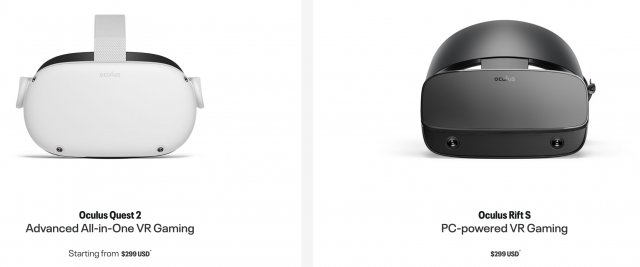

My Favorite
Previous VR devices all have a good configuration as well as good support for the game service on different platforms. Among them, the PSVR is the newest and may have the best performance on the PS platform. However, I highly recommended the HTC-Vive (Pro), which is the most powerful and professional VR device, which I used to play with before.
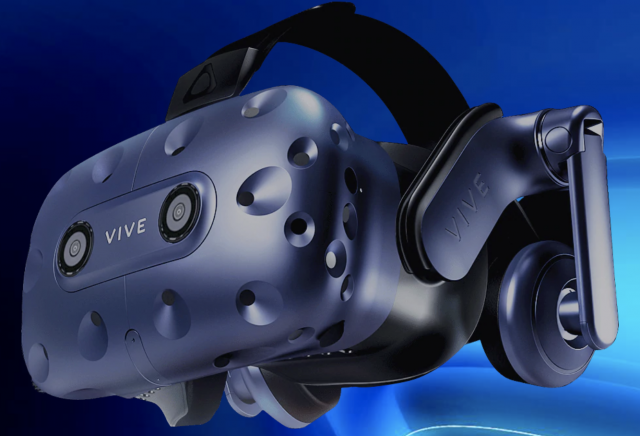
First, it has the most powerful screen. With
- 2880 x 1600 615 PPI
- 37% PPI Increase
- 78% Pixel Increase
It also has an Optimized Ergonomics
- Optimal Center of Gravity
- Adjustable Eye Comfort Setting (IPD)
- 24% Increase in Face Gasket Surface Area for Lowered Stress
- Adjustable Headstrap with Soft Padded Foam
Moreover, its available movement space is much larger than the others
UP TO 100 m²
In a word, much more powerful when compared with others.
Comment
I only used Vive before, but it can really perform well in numerous games such as lights saber, half-life Alyx, and fruit ninja. The game experience it brought is quite immersive and charming.
AR Devices
Augmented reality (AR) is an interactive experience of a real-world environment where the objects that reside in the real world are enhanced by computer-generated perceptual information, sometimes across multiple sensory modalities, including visual, auditory, haptic, somatosensory, and olfactory
AR basically is virtual later provides additional information, thus MR devices can also provide the ability of AR, as well as many cellphones. Most of the existing AR-specific devices are glasses, as I illustrated below(source https://www.softwaretestinghelp.com/best-augmented-reality-glasses/):
| Headset Name | Magic Leap One | Epson Moverio BT-300 | Google Glass Edition 2 | Vuzix Blade AR |
| Resolution (Pixels) | 1300 pixels per eye | 1280 x 720 pixels | 720p video capable | 640×360 1 |
| Field of view (degrees) | 50 | 23 | 80 | 10 |
| Refresh Rate (Hz) | 120 | 30 | – | – |
| Tracking and control | Eye and hand, with haptics | Eye and hand | Eye and hand | Eye, with haptics |
| Battery Life (hrs) | 3 | 6 | 8 | 2 |
| Others | -Haptics -8GB RAM | -Drone AR -Android | -GPS -Voice command | -Haptics -Mobile OSs |
| Pricing ($) | 2295 | 699 | 1167 | 599 |

MR Devices
Mixed reality (MR) is the merging of real and virtual worlds to produce new environments and visualizations, where physical and digital objects co-exist and interact in real-time
Very few products, or in other words, only the product of Microsoft, Hololens, really produced an integrated hardware device in this field. Now it launched its second version with more powerful functionalities.
https://www.microsoft.com/en-us/hololens/hardware#
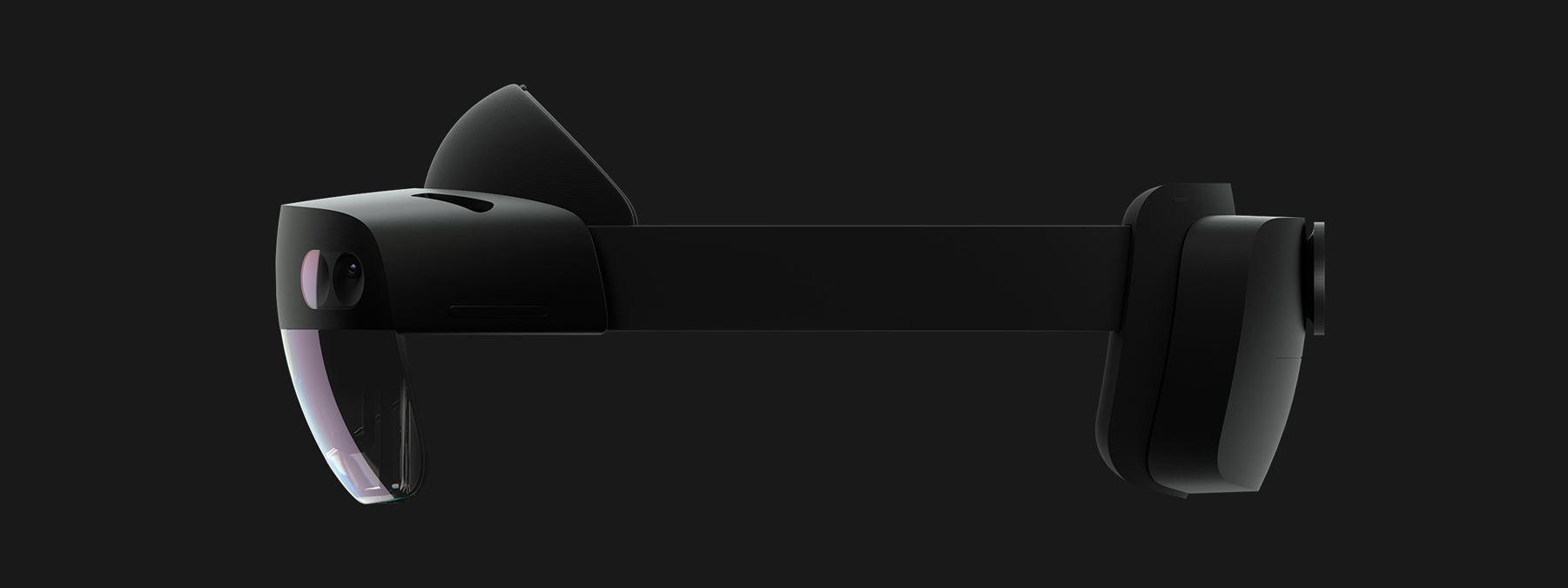
Technical Specs
| Display | |
|---|---|
| Optics | See-through holographic lenses (waveguides) |
| Resolution | 2k 3:2 light engines |
| Holographic density | >2.5k radiants (light points per radian) |
| Eye-based rendering | Display optimization for 3D eye position |
| Sensors | |
|---|---|
| Head tracking | 4 visible light cameras |
| Eye-tracking | 2 IR cameras |
| Depth | 1-MP time-of-flight (ToF) depth sensor |
| IMU | Accelerometer, gyroscope, magnetometer |
| Camera | 8-MP stills, 1080p30 video |
| Audio and speech | |
|---|---|
| Microphone array | 5 channels |
| Speakers | Built-in spatial sound |
| Human understanding | |
|---|---|
| Hand tracking | Two-handed fully articulated model, direct manipulation |
| Eye-tracking | Real-time tracking |
| Voice | Command and control on-device; natural language with internet connectivity |
| Windows Hello | Enterprise-grade security with iris recognition |
| Environment understanding | |
|---|---|
| 6DoF tracking | World-scale positional tracking |
| Spatial Mapping | Real-time environment mesh |
| Mixed Reality Capture | Mixed hologram and physical environment photos and videos |
| Compute and connectivity | |
|---|---|
| SoC | Qualcomm Snapdragon 850 Compute Platform |
| HPU | The second-generation custom-built holographic processing unit |
| Memory | 4-GB LPDDR4x system DRAM |
| Storage | 64-GB UFS 2.1 |
| Wi-Fi | Wi-Fi: Wi-Fi 5 (802.11ac 2×2) |
| Bluetooth | 5 |
| USB | USB Type-C |
| Power | |
|---|---|
| Battery life | 2–3 hours of active use |
| Charging | USB-PD for fast charging |
| Cooling | Passive (no fans) |
MyFavorite & Comments
Future, is, Hololens!!!!
For me, Hololens is the only but the most powerful MR device. It can create a workplace in which you can visualize anything you need on-demand, with relevant data available at the jab of a finger. I used this device before and surprised by the button control without a controller. The immersive experience of the galaxy exploration overwhelmed me.
With the HoloLens 2, Microsoft is looking to build on the handful of enterprise successes it has carved in the last five years, based on customer and user feedback. Specifically, the firm has looked to address ergonomics, immersion, and what it dubs time-to-value’. — ITPRO
Though from my experience of this device, the tracking accuracy of the movement still needs a lot of improvement, this product really demonstrates what the future can be.

